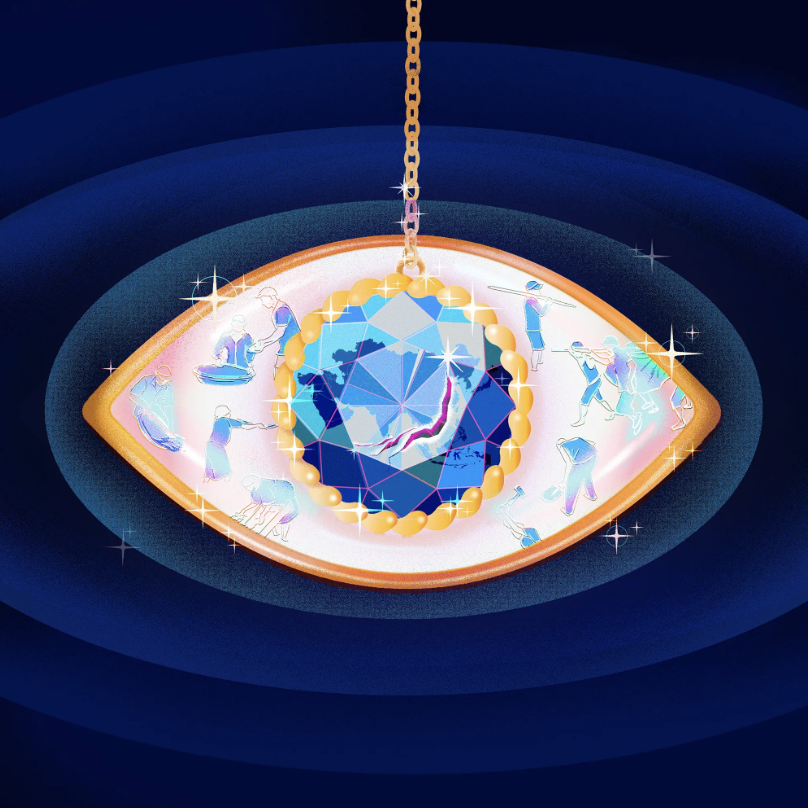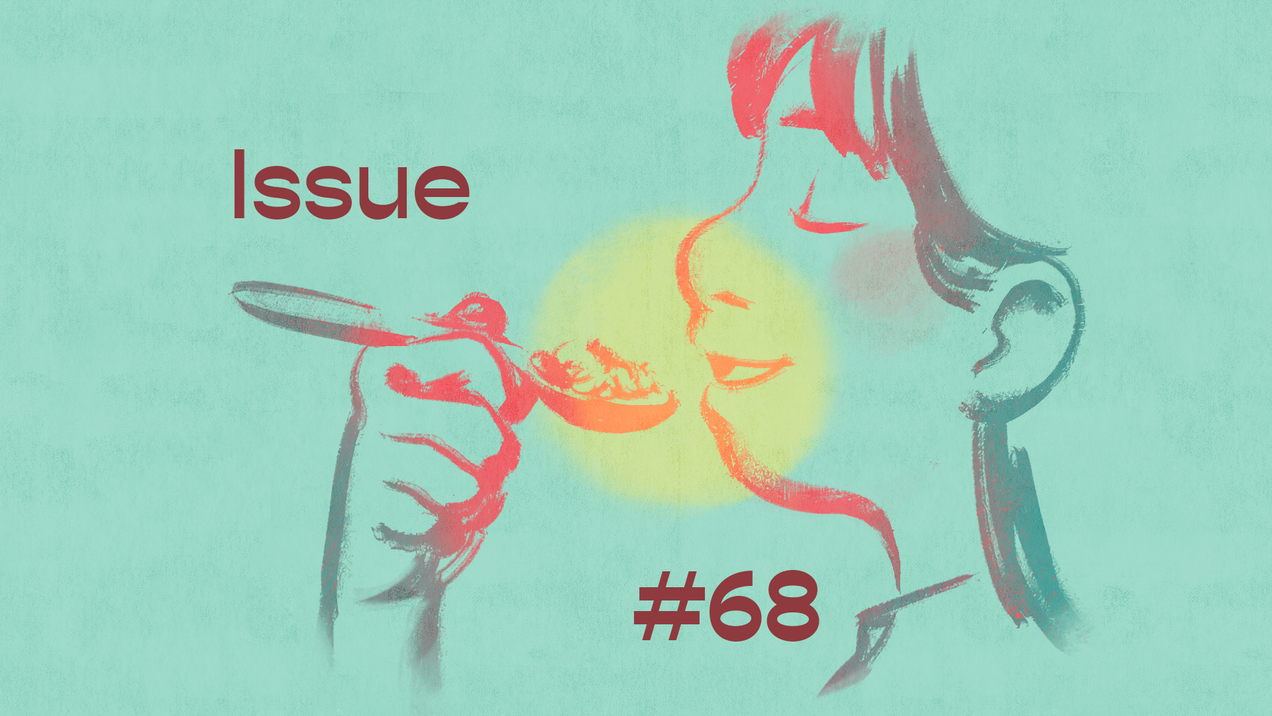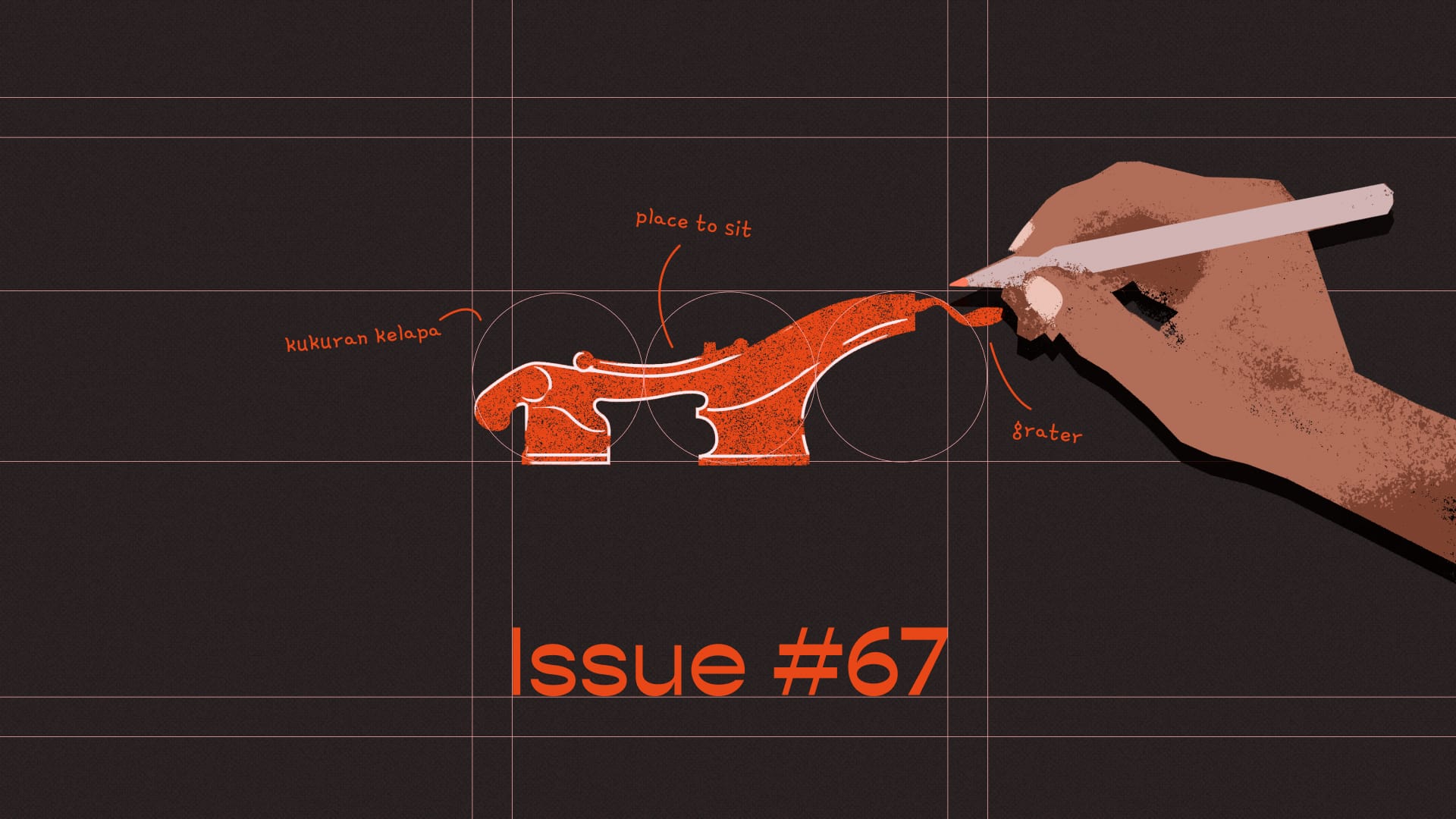
back to basics: learning from my roots— issue #67
In design school, I was taught very western-centric design theories. This made me think about other design conventions, especially ones that speak to my heritage.
In design school, the theories taught to me were very western-centric—many of which I still apply in my everyday work. For example, the Swiss Movement’s grid system that advocated for legibility. But it made me wonder: what about design conventions that aren't taught in schools? What about design frameworks that come from our own heritage here in Asia, speaking to experiences and histories?
Recently, I was diving into the book The Food of Singapore Malays, and came across the kukuran kelapa, or traditional coconut grater. I’d heard of it being used back in the day by my buyut (great-grandmother), when fresh coconut was readily available in one’s environment. This led me to think about the design sensibilities I can learn from my roots. The kukuran kelapa is ergonomically shaped: to use it, one sits on the tool positioned slightly forward and sideward. This position leverages one’s body weight to grate a coconut without needing to exert too much force. The ornamental wood carvings depict cultural motifs inspired by native flora and fauna, like pucuk rebung (bamboo shoots) and bunga kacang (butterfly pea). The type of wood used also depends on what’s readily accessible. The kukuran kelapa is not just a kitchen tool, but a reflection of its purpose, culture, and the environment it exists in.
Similarly, in our story on traditional architecture, we learned that the Malay kampung house is not only rooted in cultural tradition, but also thoughtfully designed with both form and function in mind. The kampung house, with its different rooms and functions, is likened to the human body. The tiang seri or central pillar, located at the heart of the house, is believed to be tied to the well-being of its inhabitants. The hujung serambi, located near the entrance and typically used as a space for chatting, is likened to a larynx or air passage. The dapur or kitchen, situated at the back of the house, is likened to the digestive system. The house becomes a living, breathing reflection of its inhabitants.
I’m thankful to be in a team which values looking beyond what’s considered canon, and exploring different forms of knowledge. I am taking steps to ground my design practice in vernacular craft and knowledge. While I still prefer the grid system to create coherent and consistent layouts, I am also recognising that my creative process can be more layered, allowing for fluidity and cultural nuance to guide me.

We’re running a survey to see how this newsletter, notes from the equator, has resonated with you and where we may do better. Your insights, experiences, and ways of knowing are central to how we tell stories about Asia. Whether you’re a longtime reader or a new follower, help us tell more nuanced and grounded stories about our region.
more from us...
Rare earths are powering the clean energy transition, but an investigation into unchecked mining reveals a lot of industry dirt.
Where do our precious gemstones come from? Trace their journey from mine to market.
Announcement
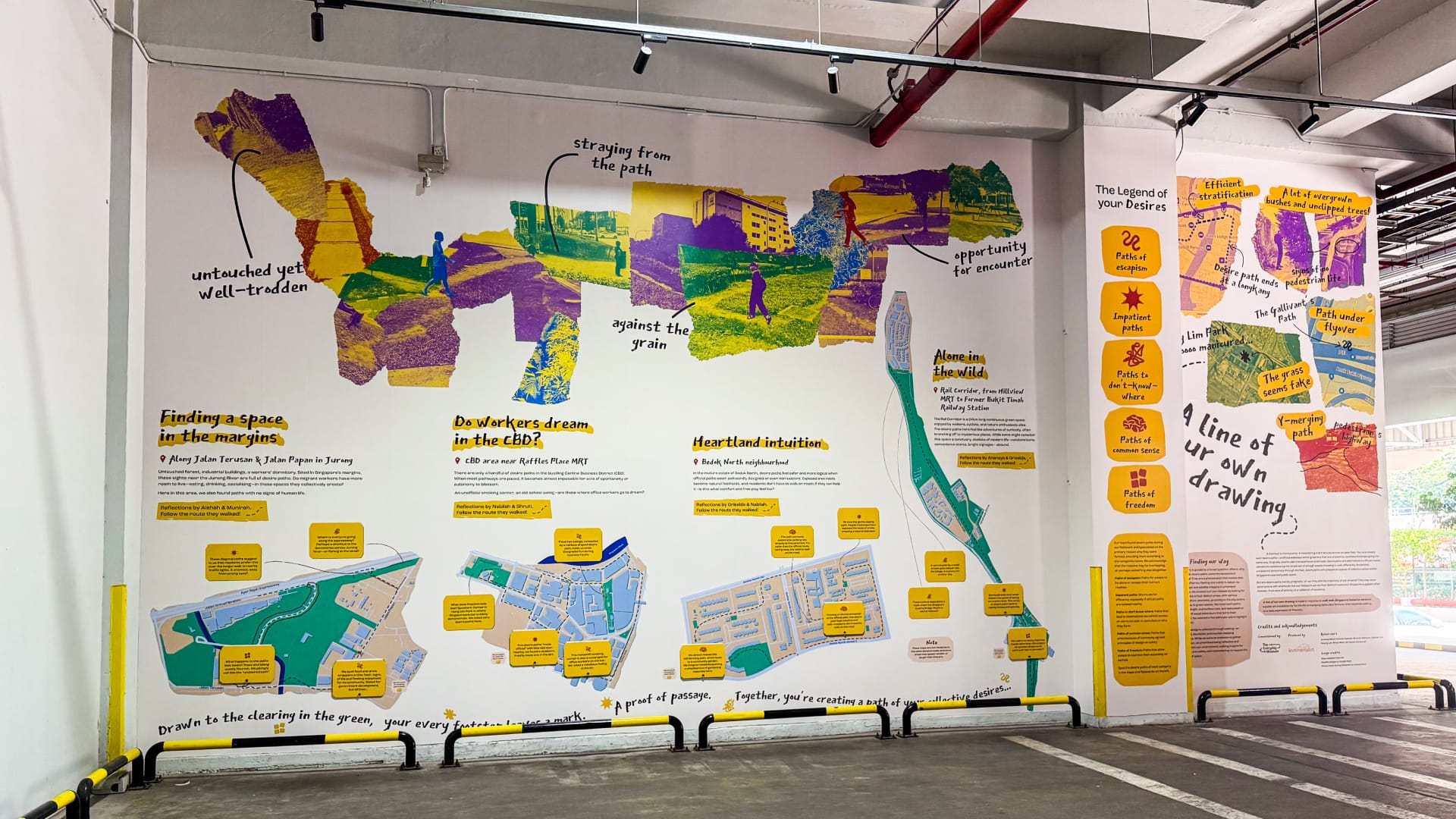
We’ve just unveiled A line of our own drawing, a new 6x12 metre data storytelling artwork commissioned by the Singapore Art Museum. The work centres on “desire paths”, unofficial paths created by walking in public spaces. Our team conducted fieldwork across Singapore through walking, creating annotated maps with our personal insights, uncovering invisible patterns and speculating on how and why these paths are created.
If you’re in Singapore, check it out right outside the museum’s entrance at Tanjong Pagar Distripark!
Kawan special
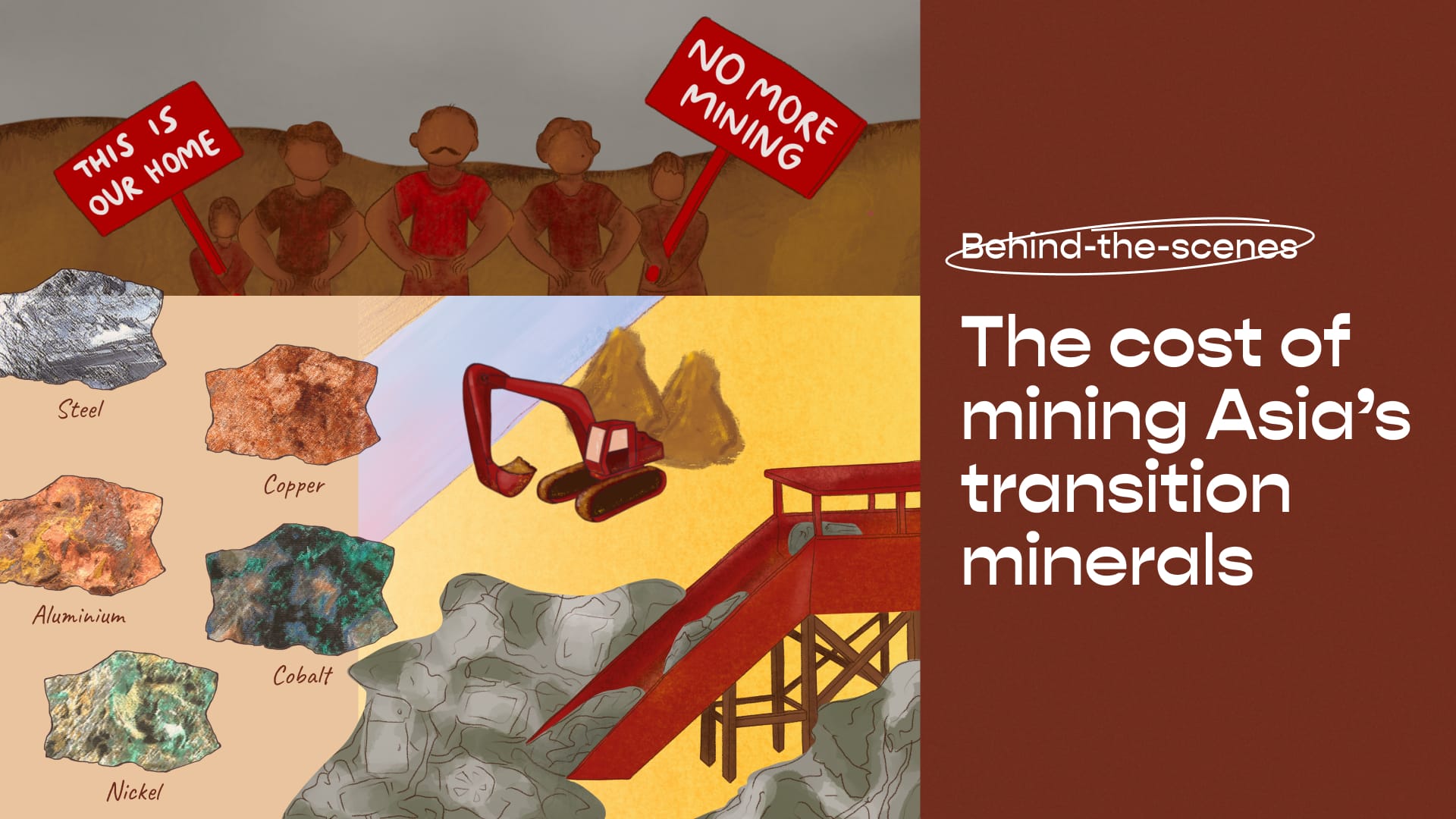
Transition minerals are vital for renewable energy, but this energy transition comes at the cost of resource-rich, lower-income countries. Delve into how Gwyneth and Amanda shaped the narrative, design, and data viz for this story.
Stuff we love
↗ Can visualising data help us heal? This data project charts a woman’s journey finding closure after a traumatic event.
↗ Get to know the ground beneath our feet with Living Soil Asia, an educational and research platform nurturing community for the soil and soul.
↗ Monitor how the effect of deforestation for mining and palm plantation looks like from satellite imagery in parts of Indonesia. In Raja Ampat, these activities threaten coral reefs, putting the ecosystem and the livelihoods of local communities at risk.
↗ How can you approach any data research? Starting with a bag of rocks can be a useful methodology.
Did you know?
Brass: Likened to Gold
Brass: Likened to Gold
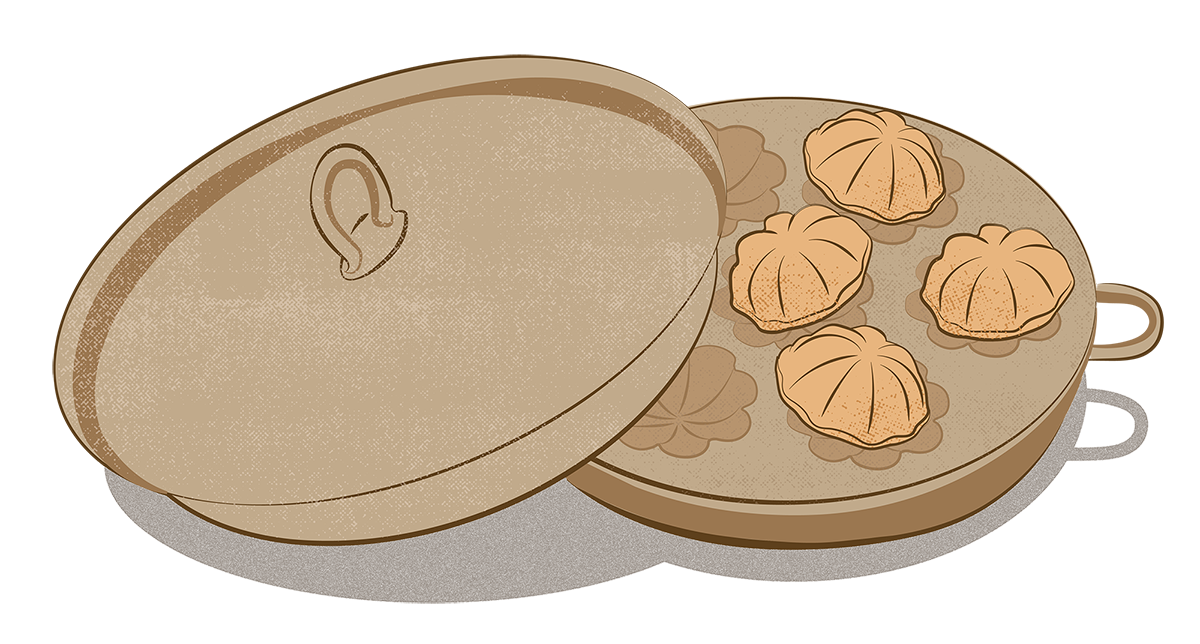
Brass is an alloy made of copper and zinc, rich yellow-golden in colour and more malleable than bronze. In the feudal era, gold and silver were reserved for ceremonial ornaments used by Malay royalty and nobility. Brass was the only material commoners could possess that could look like such precious metals. The demand thus grew for kitchen ware like cooking pots, water vessels, and trays made from brass. Because of its colour, brass is likened to gold, and brass items continue to be passed down as family heirlooms, such as betel nut boxes or moulds for kueh baulu, a sweet sponge cake. In Terengganu, Malaysia, there are a handful of craftsmen who still practise the art of creating brassware.


